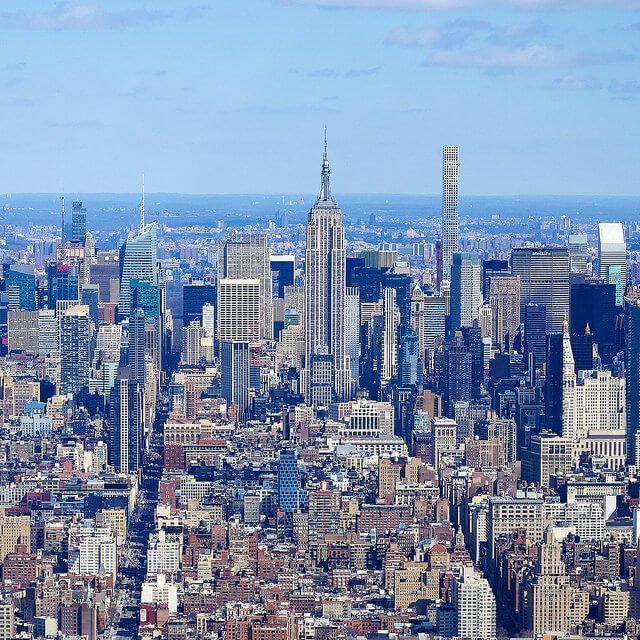Table of Contents Show
The Real Estate Board of New York (REBNY), created more than 120 years ago as New York State’s first real estate trade association recently released its fourth quarter New York City Residential Sales Report. It is instructive to analyze the market in order to understand underlying trends that can help your negotiating position.
An overviewAn overview
The overall New York City residential real estate market appeared to slow in the fourth quarter from its red-hot pace. Overall, the total consideration fell 12% from the year-ago period to $10.7 billion. Sales volume was also down, dropping 2% to 11,631. However, the weakness stemmed from the luxury end of the market, which continues to struggle, with unit sales falling 38%. Meanwhile, listings ranging from $1 million to $3 million saw a 10% increase.
The average sales price for homes, which includes co-ops, condos, and one-to-three-family residences fell 1% to $917,000. It is useful to remember that extreme prices skew average prices, and weaker activity at the higher end of the market could have influenced the figure. The median price, which is a better reflection, rose 7% to $618,000.
Condo prices were similarly skewed, with the average price dropping 14% to $1.57 million but the median price up 4% to $925,000. Co-op prices remained strong, with the average and median sale prices up 5% and 6%, to $739,000 and $439,000, respectively.
We further analyze sales results for Manhattan, Brooklyn, and Queens, which are most relevant for our clientele.
ManhattanManhattan
Not surprisingly, the borough with the highest price also had the largest decline. In fact, it was the only borough which had an average price decline and was responsible for the overall 1% NYC drop. Manhattan’s average price fell 7% to $1.8 million. However, the luxury market, notably condos, likely weighed on the result, with the median price 5% higher, to $1 million.
In the condo market, the median price fell 5% to $1.47 million, although this was better than the 19% decline in the average price. The median price per square foot was 1% higher to $1,538 and the number of sales dropped 1% to 1,111.
Co-ops performed well. The median price rose 2% to $775,000. Interestingly, the average price rose 5% to $1.23 million, indicating the higher end of the market did well. It is unclear if this can last, with unit volumes falling 8% to 1,505 and buyers receiving more for their money, with the median price per square foot falling 2% to $1,129.
The Financial District/South Street Seaport was a particularly strong performer. The average sales price rose 44% to $1.7 million, and the number of sales rose 48% to 83.
BrooklynBrooklyn
Brooklyn experienced a strong sales increase. The median price rose 6% to $735,000, besting the average price’s 5% increase.
Condos saw a 6% increase in the median price, to $857,000. On a square footage basis, it was 29% higher to $1,036.
This could have been due to a lack of supply rather than higher demand, with the number of sales down 1%.
Williamsburg was weak, with volumes less than half the year-ago total, down 54% to 65.
The median price for a Brooklyn co-op rose 17% to $410,000. It was $553 on a per square foot basis, 11% higher. The number of units sold edged up 2% to 578.
QueensQueens
The median price for all properties rose 12% to $525,000, similar to the 11% increase in the price per square foot. The number of sales was up 1% to 3,943.
Condo sales were strong, with the median price 21% higher than a year ago, or $583,000, with the price per square foot reaching $698, or 26% above 2016’s fourth quarter. There were 17% more sales, with 362 closed. Flushing and Long Island City were particular bright spots. The former is the borough’s most active condo market, with 125 sales, up 84%.
The Queen’s co-op market was not as strong, though. Despite starting from a lower base, the median price rose 12% to $275,000, and the price per square foot was $383, 7% higher. However, the number of sales dropped 10% to 1,101. Rego Park/Forest Hills/Kew Gardens were a drag on the borough.
Final thoughtsFinal thoughts
We have presented the data on a year-over-year basis since real estate is cyclical. While most of the data was down from the third quarter, the period is typically active. These points can provide useful discussion points with your buyer’s agent.

